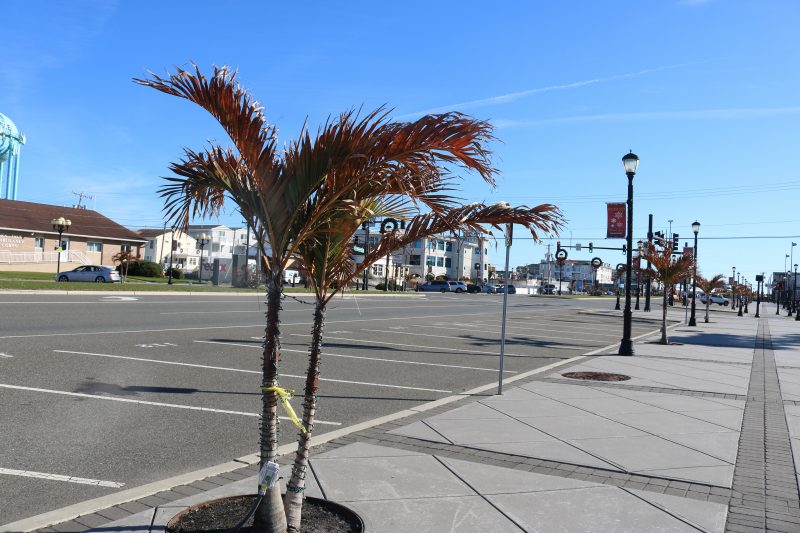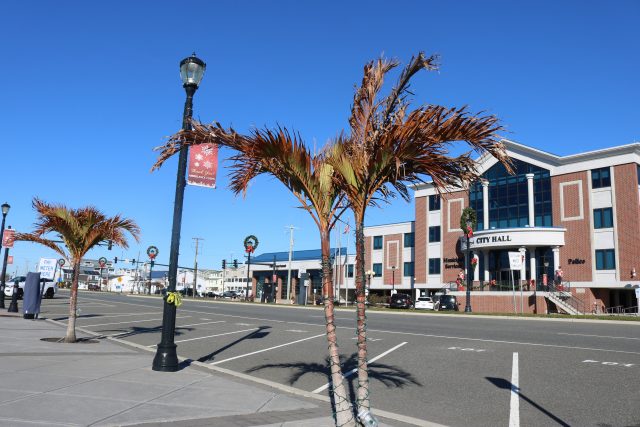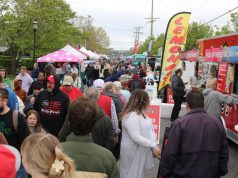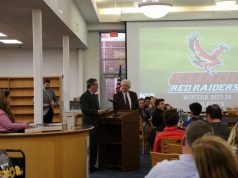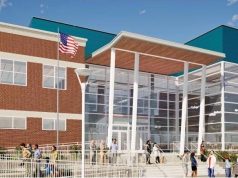By DONALD WITTKOWSKI
It was fun while they lasted.
Unfortunately, the palm trees that have livened up Sea Isle City for the past seven months now appear that they are starting to die.
Sea Isle planted 40 palm trees along the John F. Kennedy Boulevard just before Memorial Day weekend to whimsically transform the main entryway into town into a tropical-like setting reminiscent of Florida or the Caribbean.
But with the weather turning colder, the once vibrantly green fronds have lost their silky texture and are now turning crusty brown, similar to day-old burnt toast.
Mayor Leonard Desiderio acknowledged when the palm trees were planted that they likely would not survive through winter.
“We know these won’t be permanent and we know we’ll need to do something else when winter comes, but we thought this would be a nice touch; and we think it’ll look great when you come over the bridge,” he said then of the impression the palm trees would make on visitors to Sea Isle.
With the official arrival of winter just four days away, the question remains what will Sea Isle do when the palm trees are completely wilted and dead?
City spokeswoman Katherine Custer said no decisions have been made yet for replacing the palms.
However, crepe myrtles and sycamores are among the trees being considered because each has a history of doing well on the barrier island, Custer noted.
“The crepe myrtles bloom flowers in the summer and come in a variety of color options, and the sycamores are stately trees that are very popular as well,” she said Friday. “We want to plant trees that not only will be able to sustain themselves in our seashore environment, but also will be attractive because we want a welcoming entrance corridor to our community.”
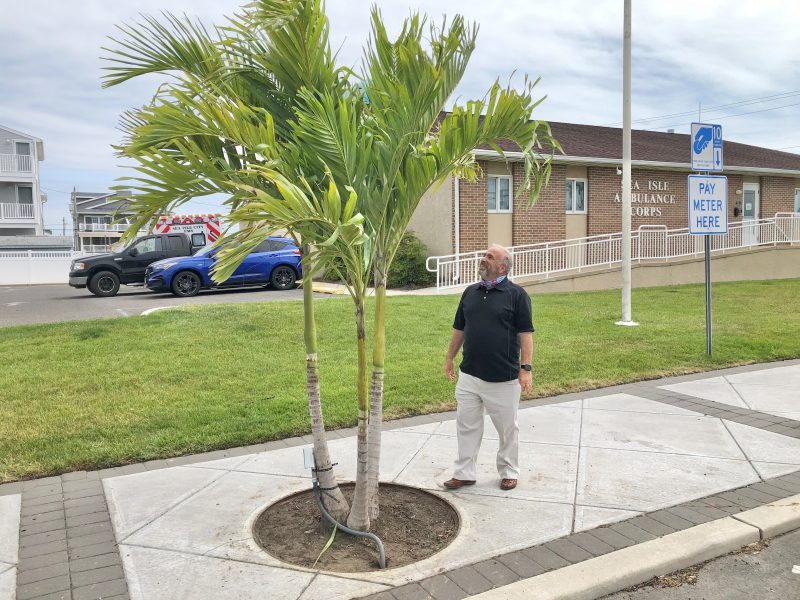
The palms replaced maple and magnolia trees that fared poorly in the shore’s salty and windy environment. Many of the trident maples and sweetbay magnolias that previously lined JFK Boulevard died off or were reduced to scraggly, leafless skeletons – hardly leaving a good first impression on visitors arriving in Sea Isle.
The city consulted with several landscaping experts and was told that the wide-open, east-west corridor makes it especially difficult for many species of street trees to survive in the shore environment.
Sea Isle officials decided at that time to plant the palm trees as a temporary solution to make the JFK Boulevard entranceway more inviting for the summer tourism season and fall months. The city spent $8,000 to buy 40 palm trees from a grower in Florida.
Seven months later, the palms have been doing double duty during the Christmas season. They have been wrapped with lights as part of Sea Isle’s holiday decorations along JFK Boulevard.
Coincidentally, they are Christmas palm trees, a variety that is popular in Florida and known to grow as tall as 25 feet.
But in Sea Isle, they are never expected to live long enough to reach maturity. According to the website allaboutpalmtrees.com, Christmas palms are not considered a hardy tree in cold temperatures and do not tolerate frost.
